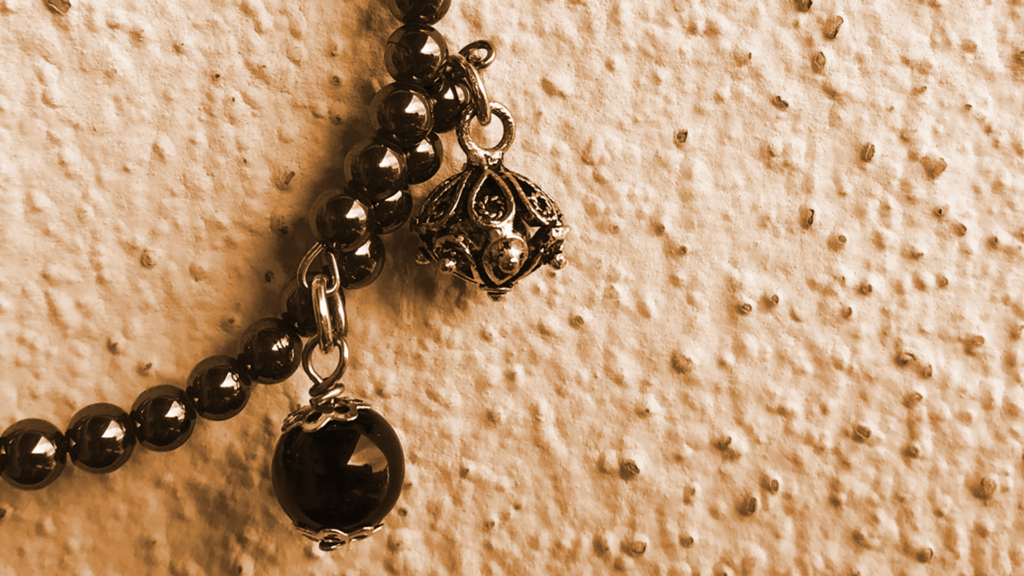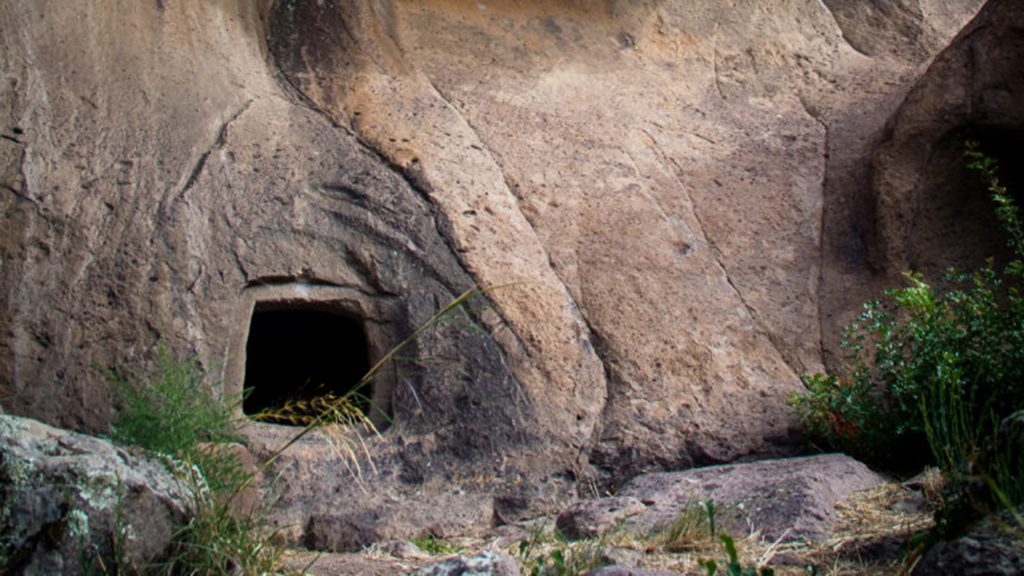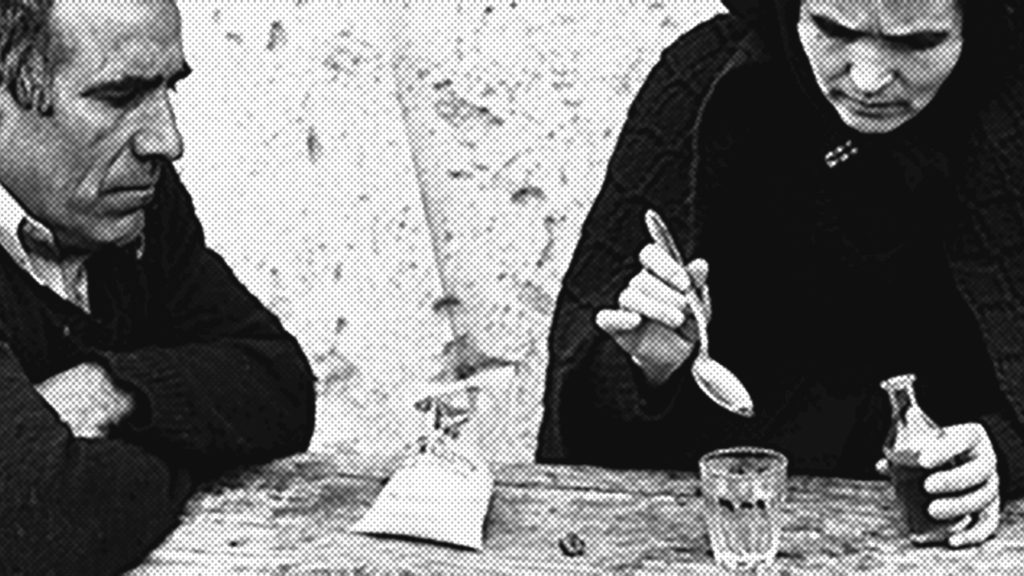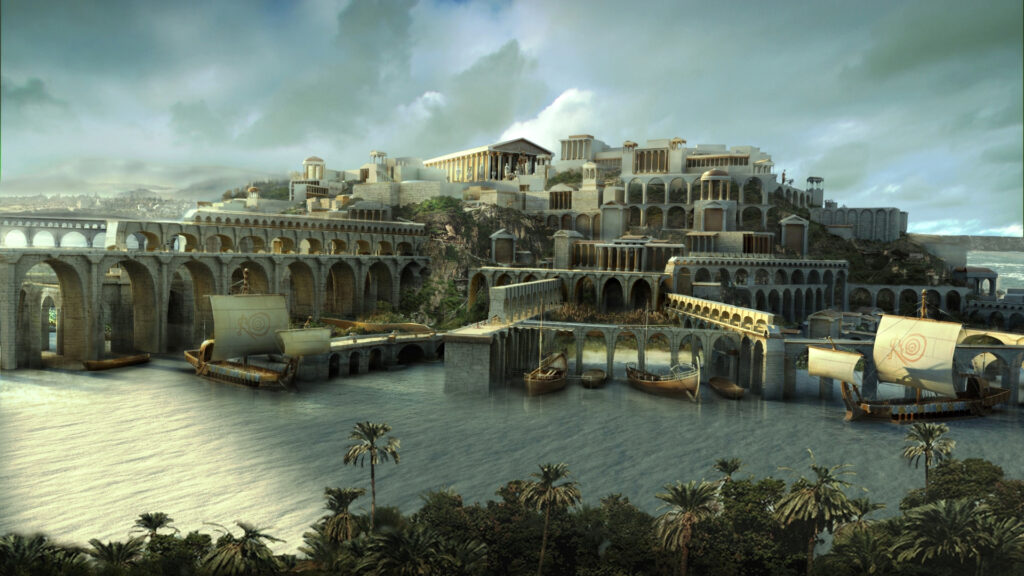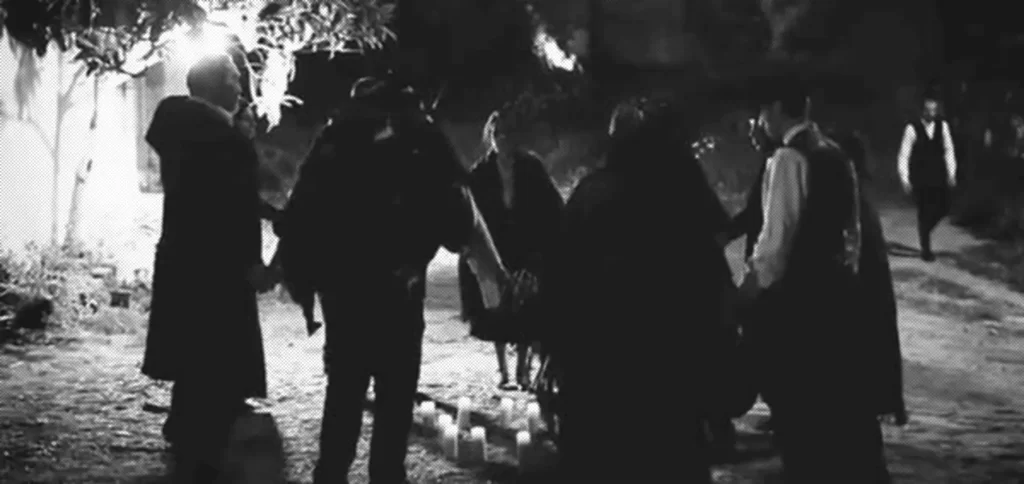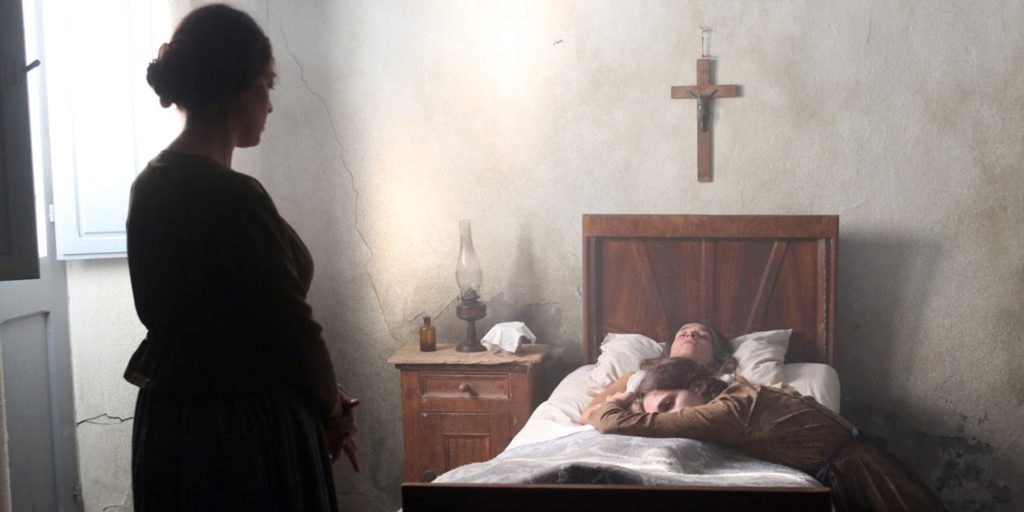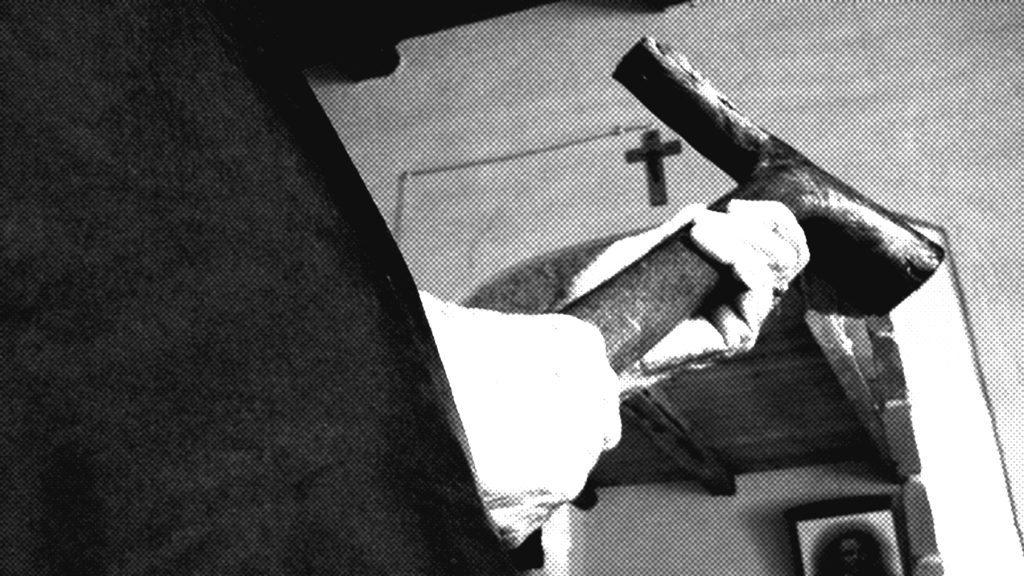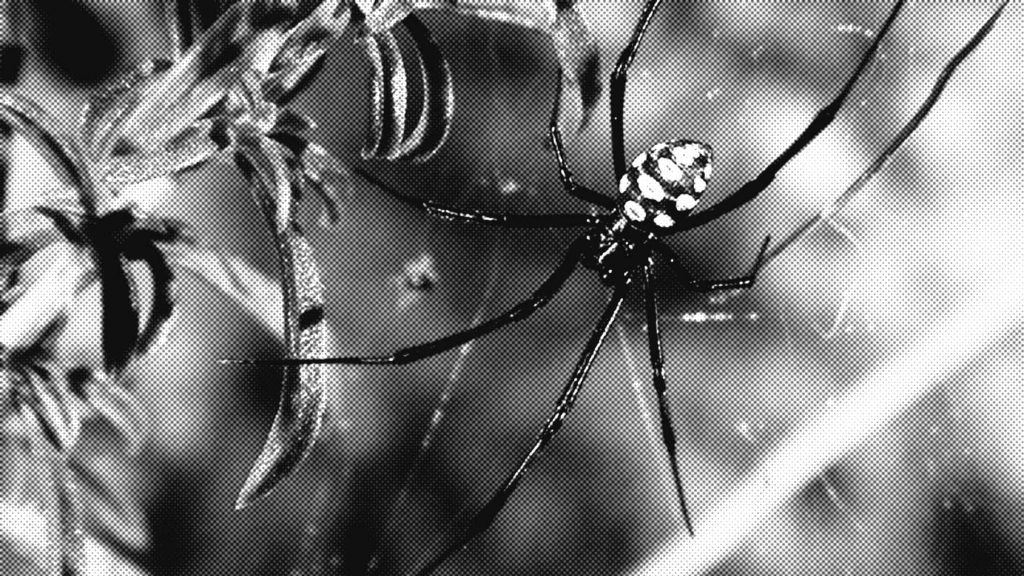History, Myths, Legends and Mystery
Sardinia still remains a secret land, despite the fact that we have written and documented many more known aspects over the years. In fact, we talked about its naturalistic beauties, the most beautiful beaches, nuraghi, museums, food and wine, various water sports and much more.
But despite this, Sardinia is always a land covered with enigmas, a mysterious island that hides myths and legends that have been handed down from antiquity.
History, Myths, Legends and Mystery
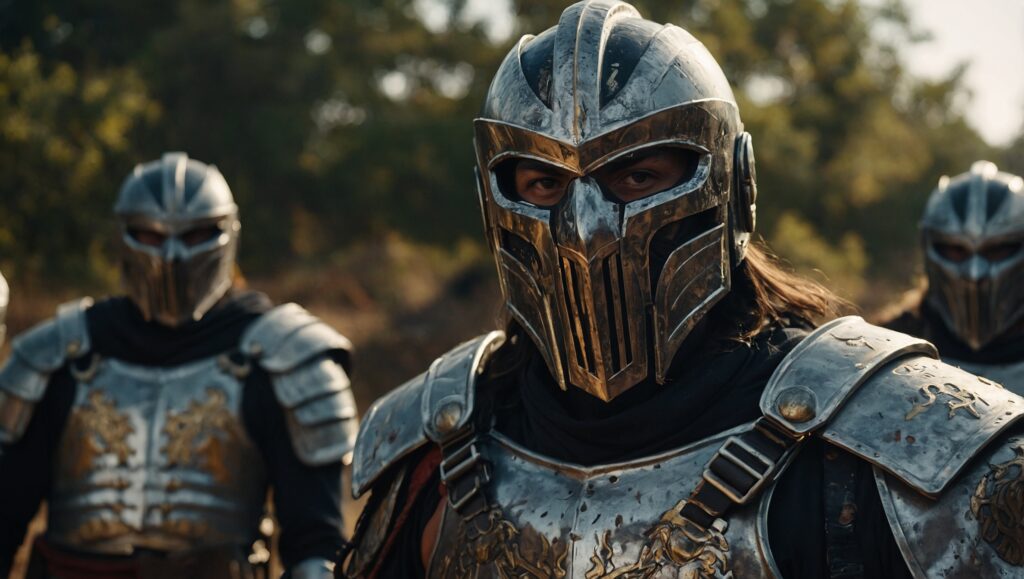
Olbia and the Vandals: A Historical Overview
Olbia: A Gateway to Sardinia Olbia, a vibrant city located on the northeast coast of Sardinia, is renowned for its ...

YCCS, the pride
The Yacht Club Costa Smeralda (YCCS) is a prestigious yacht club located in Porto Cervo, Sardinia, Italy. Founded in 1967 ...
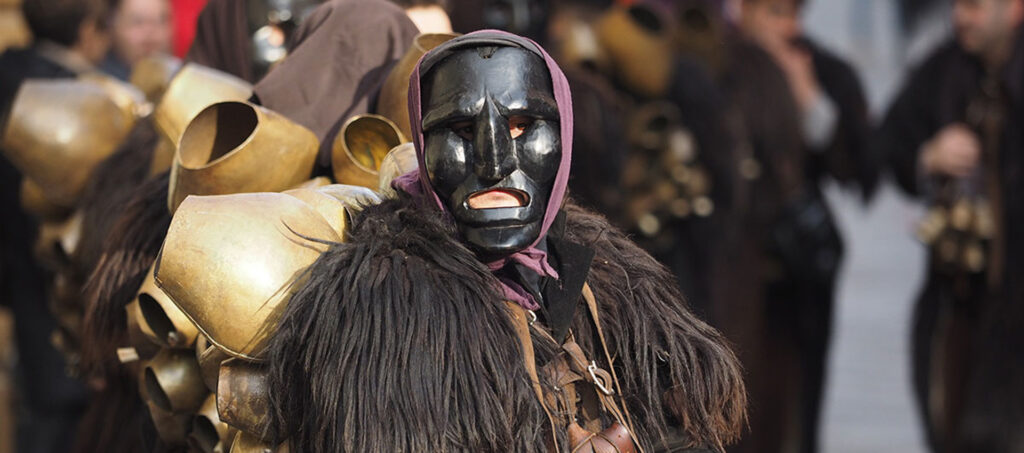
Mamuthones and Issohadores, the Barbagia carnival ritual attracts more and more visitors
Mamuthones and Issohadores, the Barbagia carnival ritual attracts more and more visitors
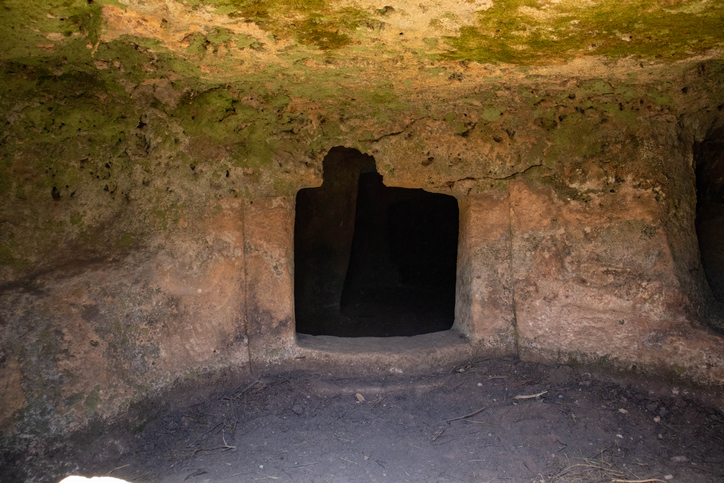
The Necropolises in Sardinia: from north to south of the island the signs of an ancient civilisation.
The Necropolises in Sardinia: from north to south of the island the signs of an ancient civilisation.
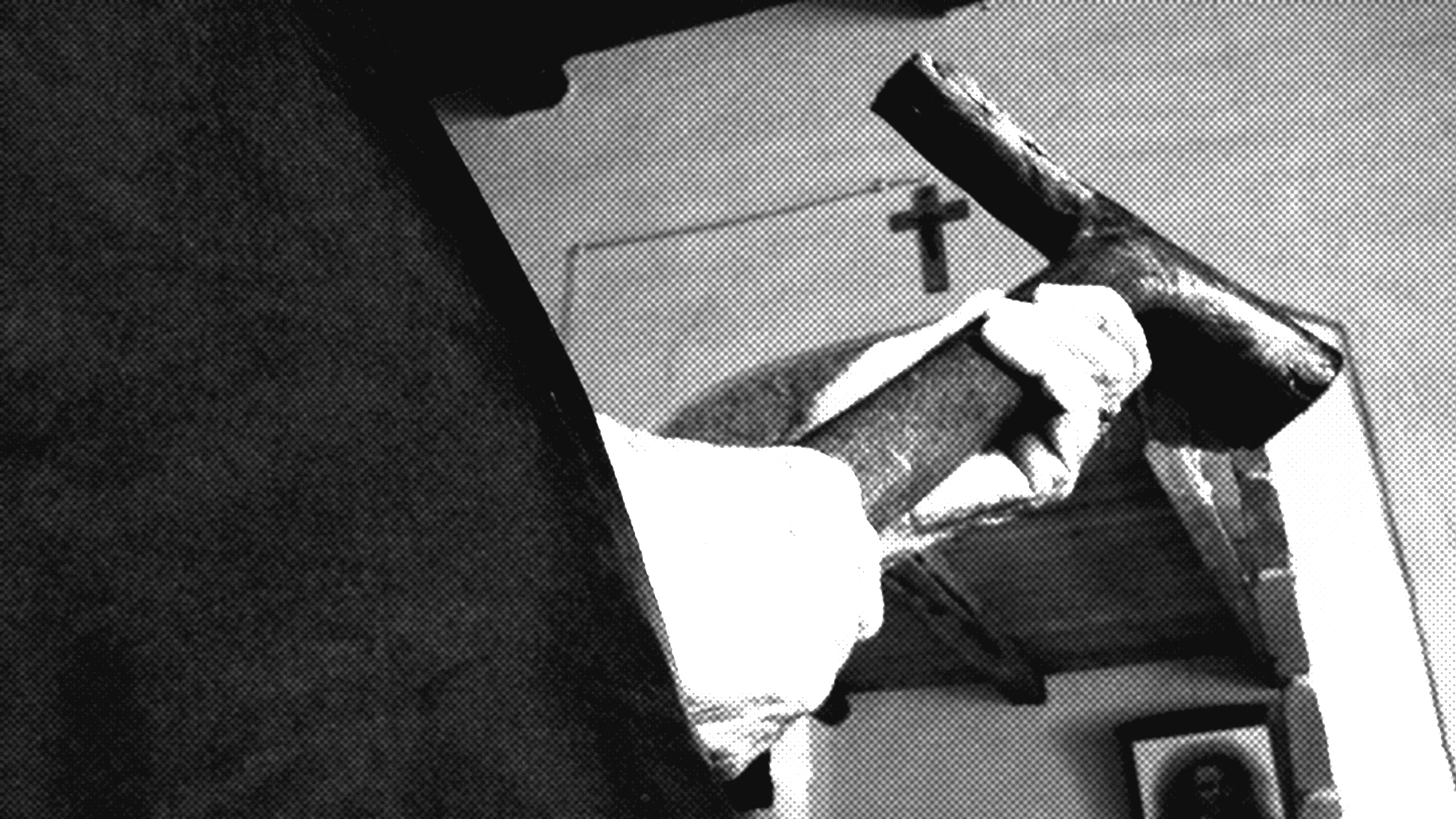
S’Accabadora
The figure of the accabadora represents one of the most obscure and controversial aspects of the immense patrimony of popular traditions of Sardinia. With this term, derived in all probability from the Spanish acabar (finish), we designate a mostly elderly woman (although sporadically we refer to a male figure, s’accabadore), to whom was reserved the task of intervening on the hopeless dying men , to put an end to their continuing agonies.
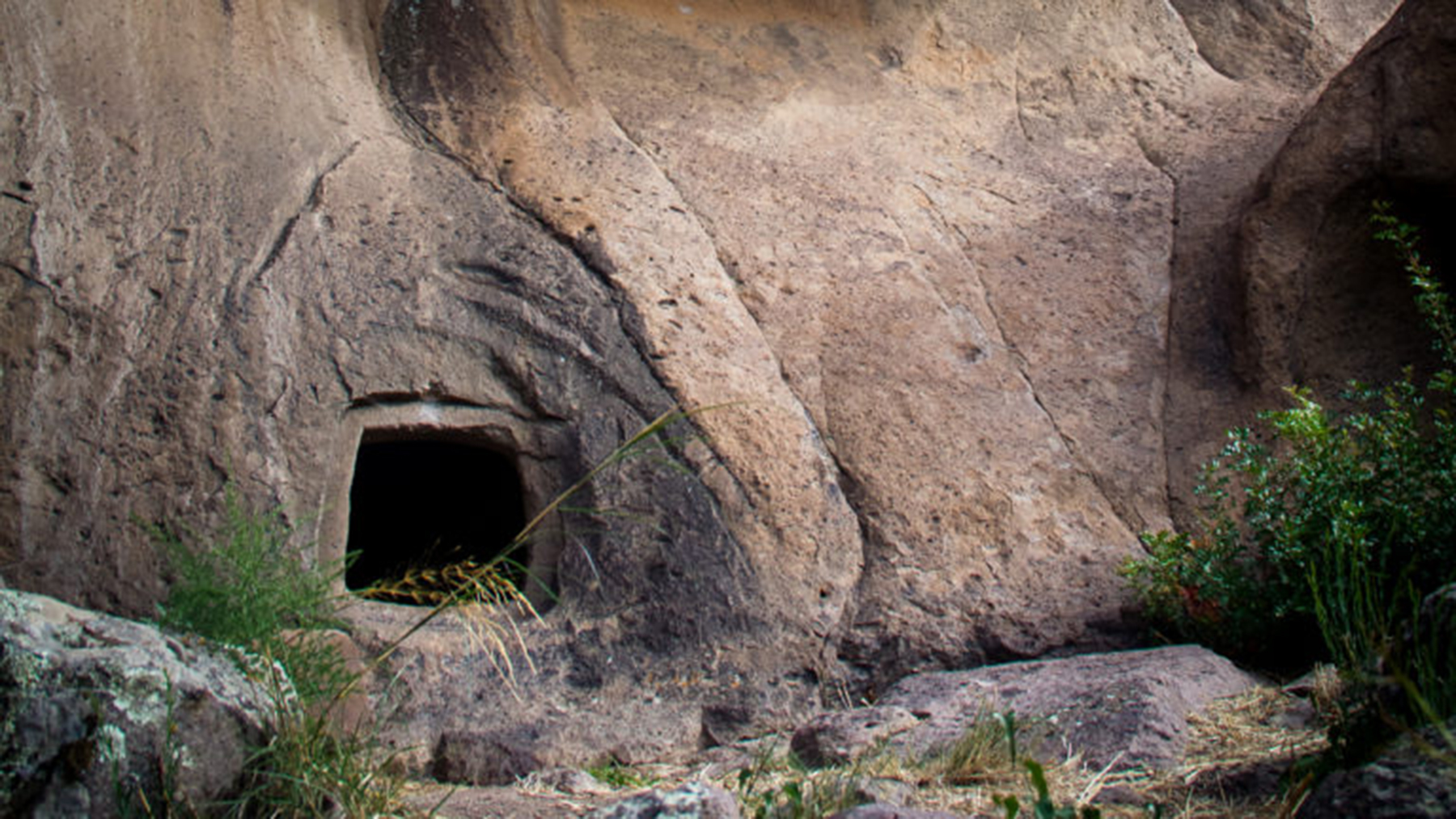
DOMUS DE JANAS
Domus de janas buildings are evidences of the Sardinian ancient civilization; a culture living in close quarters with Nature.
The folkloristic imaginary worked for century about this kind of building craved from the rocks and spread in the whole Sardinia, drawing legends still fascinating. The
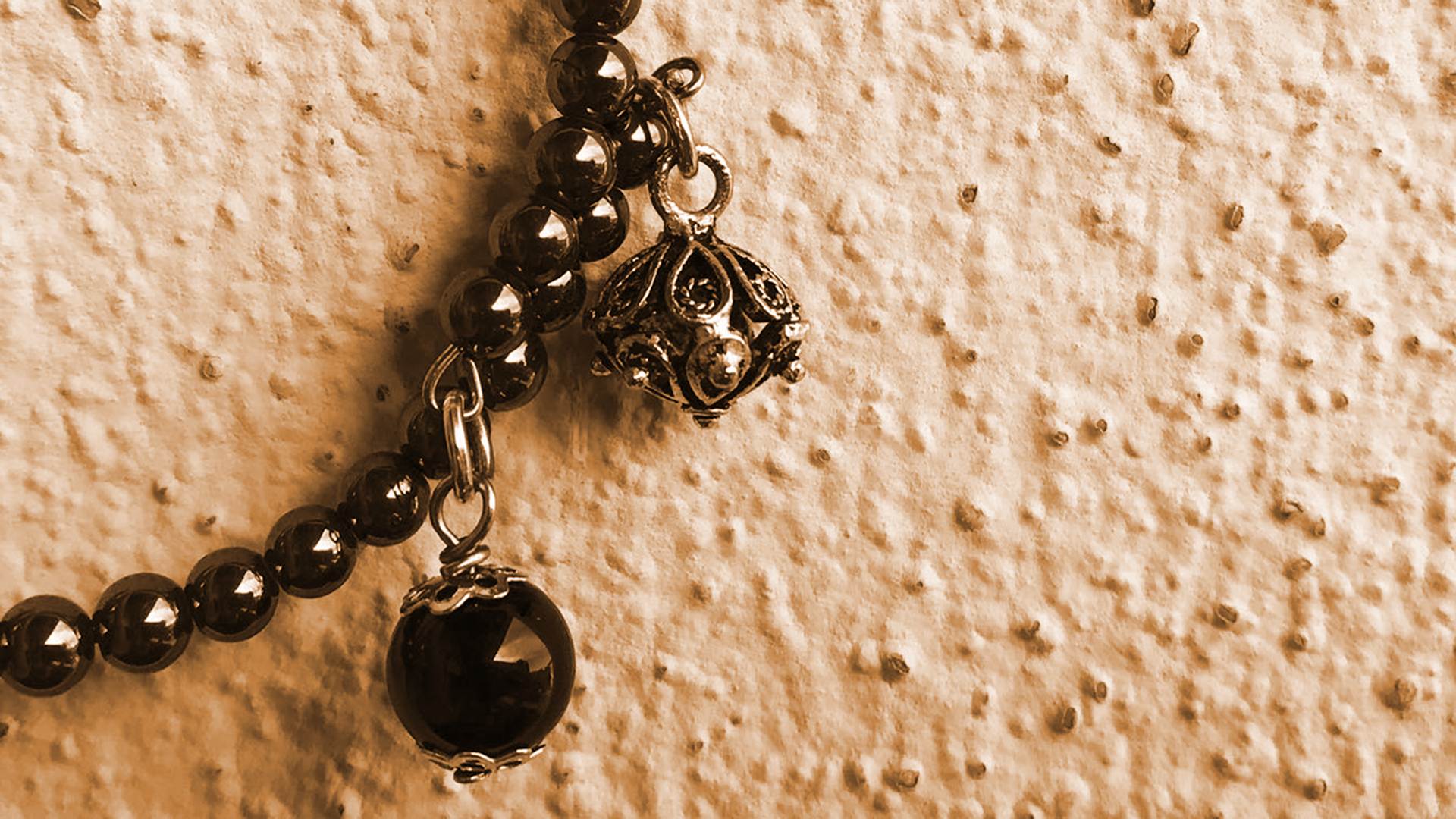
The history of su Coccu (Amulet)
Su coccu, ancient Sardinian amulet, is used to protect from the evil eye. It takes on different names like Sabegia or Pinnadellu. Despite this, its function is identical in every part of Sardinia, the stone absorbs the negative influences.
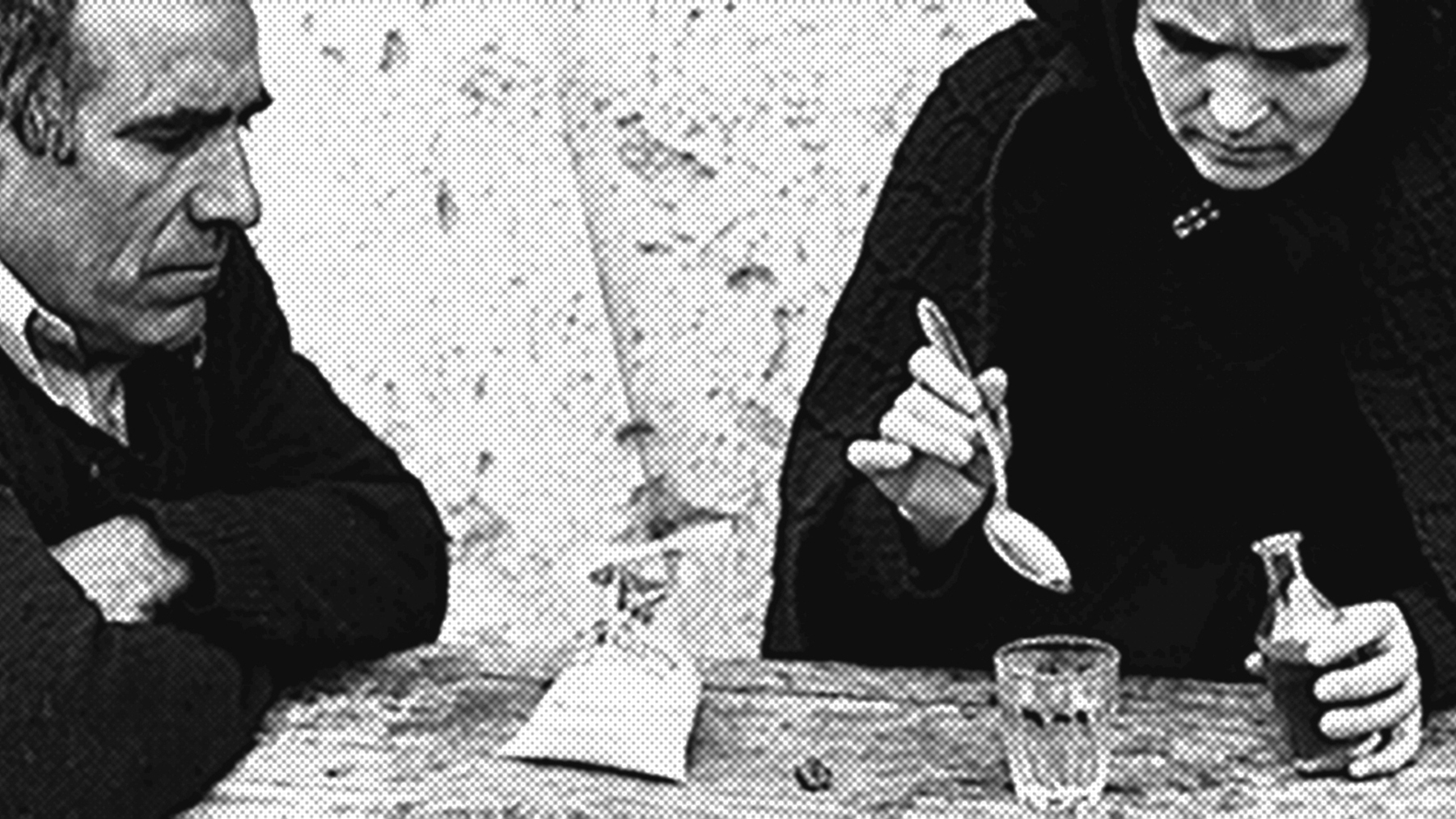
Sa meighina de s’oju
Sa meighina de s’oju is a Sardinian folk medicine, which has spanned the centuries unscathed, from generation to generation, has survived the hostilities of the Church and official medicine and is still in use today despite progress, skepticism and globalization.
A severe headache, a general malaise or a whole series of misadventures, more or less serious, can be caused by a colpadura de oju, by the evil eye. What to do?
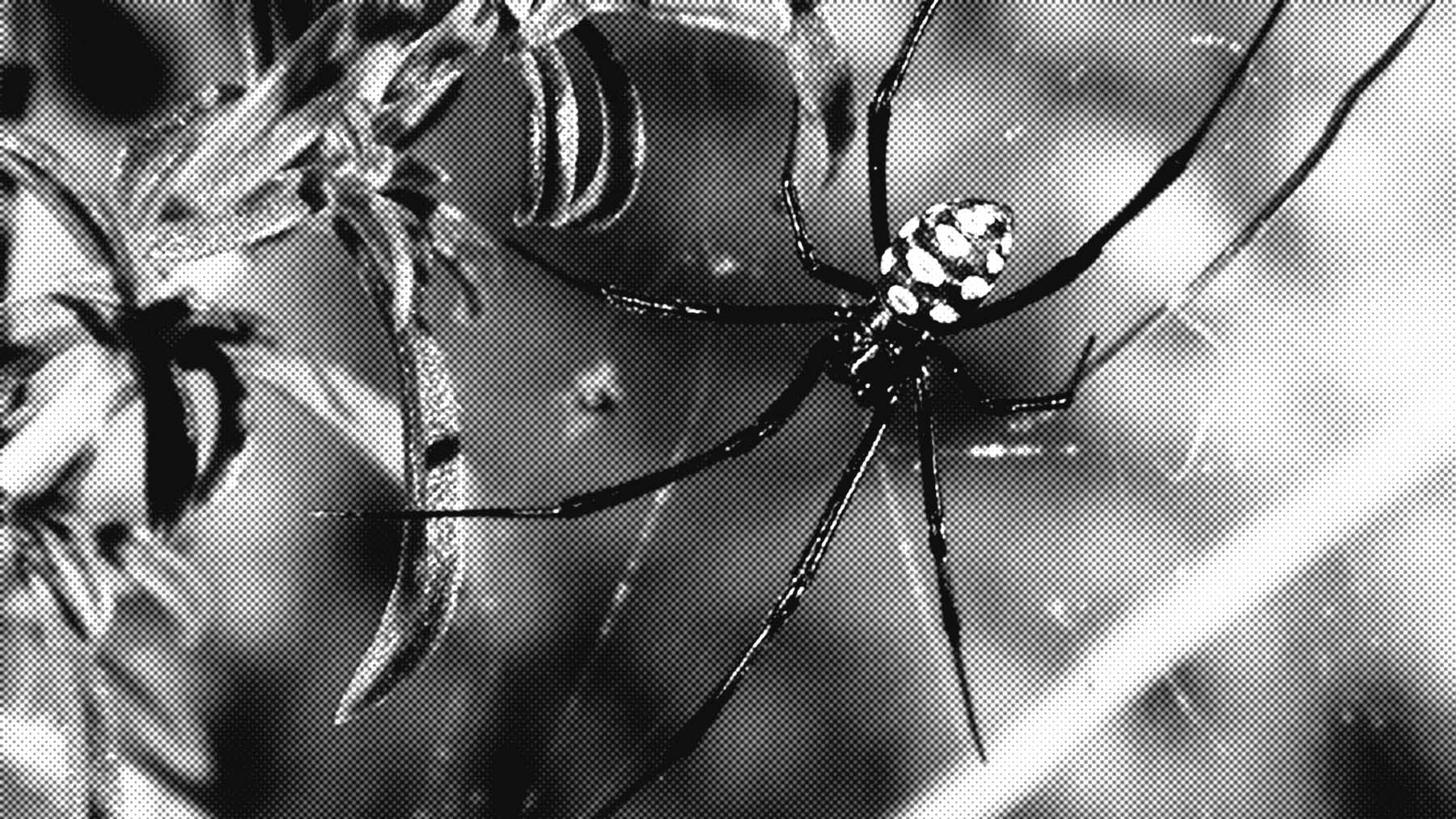
S'argia
If we talk about the Alza or Argia we must explore the darkness. It looks like a spider (Latrodectus tredecimguttatus) that hides in its sunny countryside in summer, when it bites it causes pain and has toxic effects on the nerves.
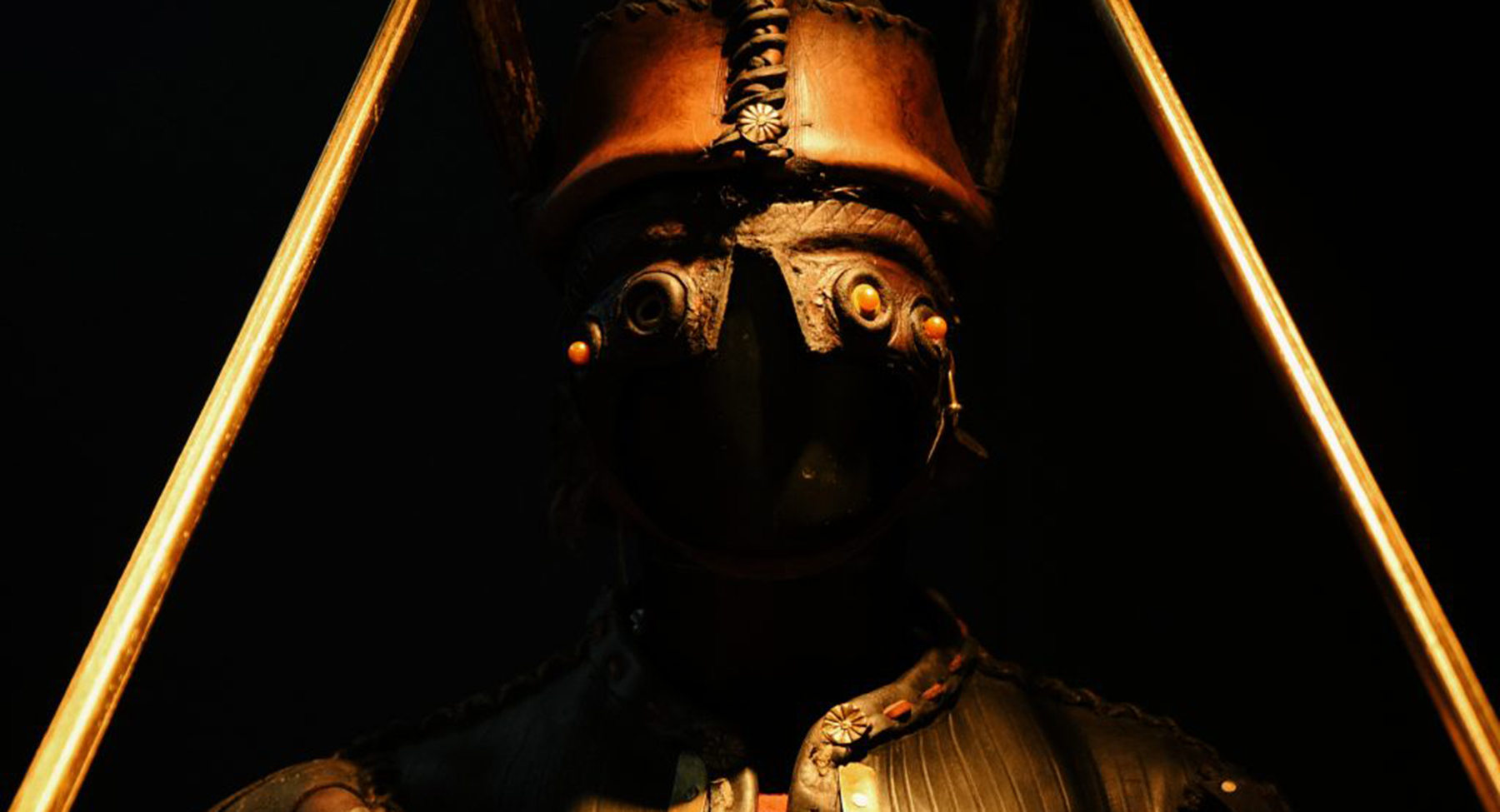
An ancient bond
An ancient bond … This ancient bond is still alive under the ashes of time and progress and has come to us in the form of concrete objects or in words repeated from generation to generation. The first are those visual symbols which, scattered throughout the region, characterize our landscape.


